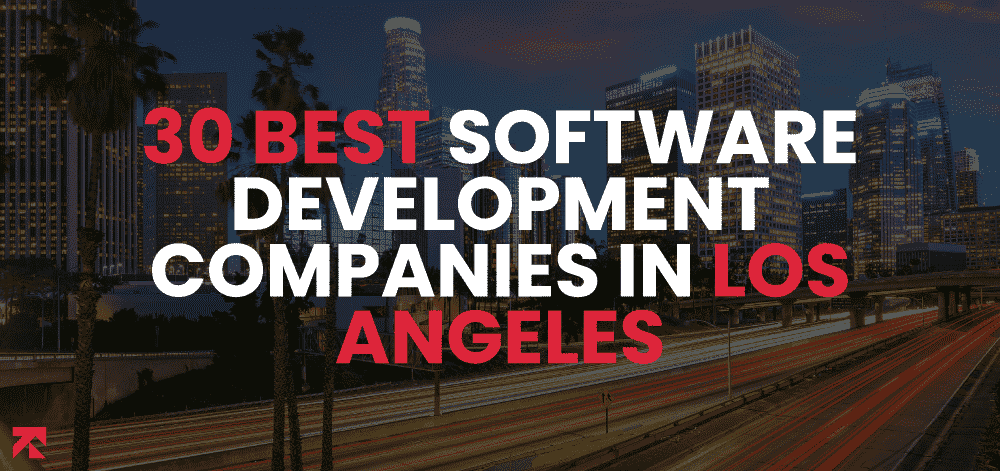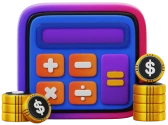Uber, the world-renowned ride-hailing service, has revolutionized the way we commute. With a seamless user experience and real-time tracking, Uber has become a go-to choice for millions of people worldwide. However, when it comes to developing their mobile app, there is an intriguing question: Does Uber use their mobile app natively or employ frameworks such as React Native or Flutter? Find out all you would want to know about features and functions of an app like Uber.
Uber, being at the forefront of innovation, has a unique approach to their mobile app development. To understand whether Uber utilizes native app development or cross-platform frameworks like React Native or Flutter, let’s explore these technologies in detail. Also with the assistance of taxi booking app development company, you will get an idea which technology would be appropriate for your business needs.
Understanding Native App Development
Native app development refers to building applications for a specific operating system using the native programming languages and tools provided by the platform. For Uber’s case, it involves developing separate codebases for Android and iOS platforms using Java/Kotlin and Swift/Objective-C, respectively. This approach allows Uber to leverage the full capabilities of each platform and provide a highly optimized user experience.
Introducing Cross-Platform Frameworks
Cross-platform frameworks like React Native and Flutter provide an alternative solution to native app development. These frameworks enable developers to write code once and deploy it across multiple platforms. React Native, developed by Facebook, utilizes JavaScript and allows for efficient code reuse. Flutter, developed by Google, uses Dart and offers a high-performance UI toolkit. These frameworks have gained popularity due to their ability to expedite the development process and maintain a single codebase for multiple platforms.
Uber’s Mobile App Development Strategy
Uber’s mobile app development strategy has evolved over the years. Initially, Uber relied heavily on native app development to ensure optimal performance and a seamless experience on both Android and iOS devices. However, as the demand for new features and faster development cycles increased, Uber explored cross-platform frameworks to streamline their development process.
Uber began experimenting with React Native for certain features within their app, such as maps and notifications. This allowed them to leverage the benefits of code sharing and faster iterations. However, it is important to note that Uber did not fully transition to React Native or any other cross-platform framework for their entire app. They strategically adopted these frameworks for specific modules while maintaining the core functionality natively.
Curious about the cost of developing a taxi app like Uber? Understanding the breakdown can give you a valuable head start in planning your own project. Find out the estimated taxi app development cost to get a better idea of your investment needs!
Benefits of Native App Development
Native app development offers several advantages, especially for companies like Uber that require high performance and deep integration with device capabilities. Some benefits of native app development include:
- Optimized Performance: Native apps are optimized for the specific platform, resulting in superior performance and responsiveness.
- Access to Device Features: Native development allows direct access to device features, such as GPS, camera, and sensors, enabling seamless integration within the app.
- Platform-Specific UI/UX: Native apps can provide a consistent and platform-specific user interface, adhering to the design guidelines and principles of each platform.
Advantages of Cross-Platform Frameworks
While native app development offers its merits, cross-platform frameworks have their own set of advantages. Some benefits of using frameworks like React Native and Flutter include:
- Code Reusability: Cross-platform frameworks enable code sharing across multiple platforms, reducing development time and effort.
- Faster Iterations: With a single codebase, developers can iterate rapidly, making it easier to implement changes and roll out updates quickly.
- Cost Efficiency: Developing a single app for multiple platforms can significantly reduce development and maintenance costs.
Uber’s Technology Stack
Uber’s technology stack encompasses a wide range of tools and frameworks. They utilize a combination of native app development and cross-platform frameworks to achieve the best of both worlds. The native components of Uber’s app are built using Java/Kotlin for Android and Swift/Objective-C for iOS. In certain areas, React Native and Flutter are integrated to leverage code sharing and accelerate development cycles.
Conclusion
In conclusion, Uber employs a hybrid approach to mobile app development. While they predominantly rely on native app development for optimal performance and deep integration with device capabilities, Uber strategically integrates cross-platform frameworks like React Native and Flutter to expedite development and maintain a competitive edge. This combination allows Uber to deliver a seamless user experience while benefiting from code reusability and faster iterations.
FAQs
Q1: Is Uber’s mobile app built entirely with React Native or Flutter?
No, Uber’s mobile app is not built entirely with React Native or Flutter. While they utilize these frameworks for specific modules, the core functionality of the app is developed natively for both Android and iOS platforms.
Q2: Why does Uber use cross-platform frameworks if native app development offers better performance?
Uber uses cross-platform frameworks for certain features to leverage code sharing and expedite development cycles. This allows them to deliver new features faster while maintaining optimal performance for critical functionalities.
Q3: Can cross-platform frameworks match the performance of native apps?
Cross-platform frameworks have come a long way in terms of performance optimization. While they may not match the absolute performance of native apps, they provide a good balance between development speed, code reusability, and user experience.
Q4: How does Uber ensure a consistent user experience across platforms when using both native and cross-platform development?
Uber’s design and development teams work closely to ensure a consistent user experience across platforms. They adhere to platform-specific design guidelines and principles, leveraging the strengths of each technology to deliver a seamless experience.
Q5: What other technologies does Uber utilize in their mobile app development?
Apart from native app development and cross-platform frameworks, Uber incorporates various technologies, including cloud services, real-time databases, and advanced analytics, to provide a robust and reliable mobile app experience.










